The Importance of Sensory Experiences, Heavy Work, and Deep Touch on the Playground
At the beginning of the 21st century, the prevalence of children on the autism spectrum (ASD) was 1 in 150. Now just two decades later, the prevalence is 1 in 54.
For 20 years, playground designers have struggled with what type of equipment needs to be on the playground to support this growing population.
We always knew that a sensory-rich environment was essential. So, when we were designing inclusive playgrounds in the 2000s, we added musical instruments and sensory walls, primarily tactile boards. We also knew that there needed to be a place to retreat to and a place to practice parallel and cooperative play.
Twenty years later, we know so much more about ASD and have begun developing equipment that can truly make the playground a fun and successful experience for children with ASD. To get to this point, we observed many autistic children at play, talked to many parents and occupational therapists, and followed the ongoing research on ASD and sensory processing disorders (SPD). What we have learned is that:
- many autistic children need to work on the development of their proprioceptive, vestibular, and visual systems, and
- autistic children and those with SPD benefit from deep pressure. With this understanding, we have seen playground manufacturers develop new equipment that meets these needs.
Proprioceptive System
Proprioception is how your body knows where it is. Proprioception provides constant loop feedback as you engage with your environment. When you do not register proprioception, you can fall as soon as the lights go out, or you crush an egg in your hand when you picked it up because you didn't know how much force it took to lift an egg. One of the main strategies occupational therapists use with children who have proprioception issues is "heavy work."
When you do a heavy work task, you use groups of large muscles. The movement provided during heavy work activities often helps increase a child's level of alertness. Heavy work activities contribute to a child's body awareness, motor planning ability, and the development of stability for coordination.
There has always been a variety of ways for a child to do heavy work at the playground. For instance, a child can do heavy work by pushing another child in a swing, hanging for the monkey bars, or doing push-ups.
We are beginning to see more equipment that gives children the opportunity to do different types of heavy work. In Europe, we see many kinds of in-ground trampolines. When a child jumps, it sends a jolt up the legs. Over the next decade, I predict that we will see these trampolines in the United States.
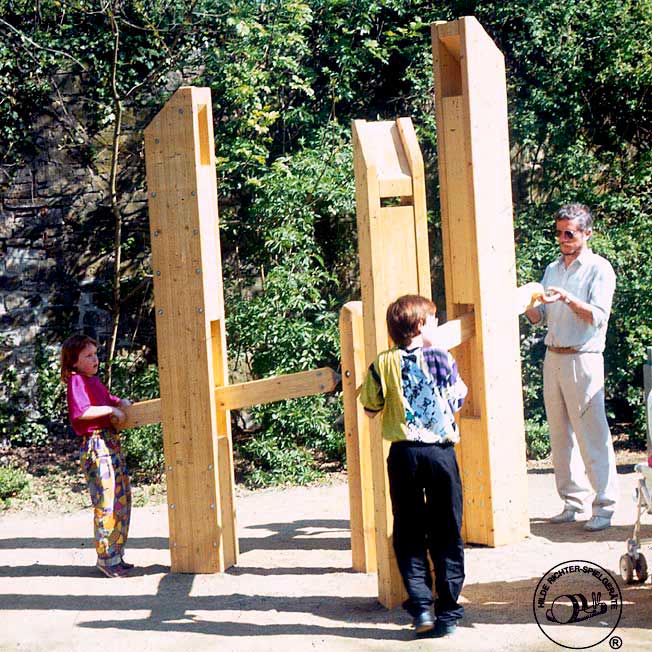
Another example of a piece of equipment that provides a heavy work experience is Richter Spielgeräte's Windpumpe. The Windpumpe has three wooden columns with pump handles placed around a central post. When kids raise and lower the levers, it produces air pressure which drives sound elements. This heavy work task provides a great reward in terms of tones and rhythm.
Visual Sensory System
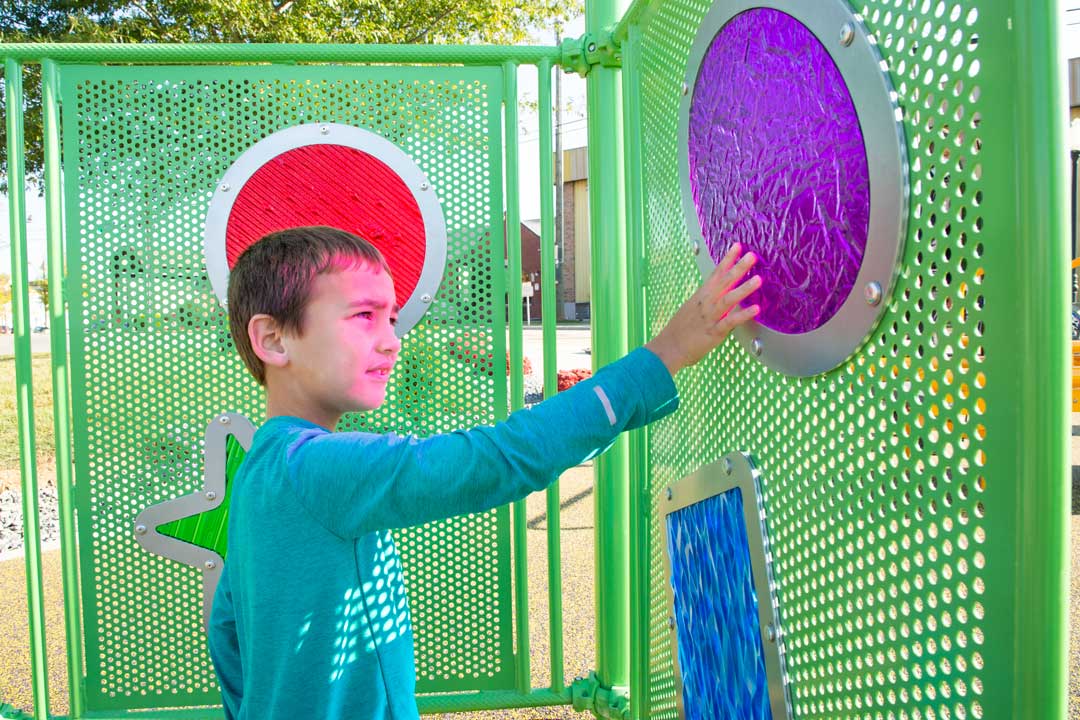
Twenty years ago, we thought making a colorful playground and providing a telescope at the top of a structure was enough for visual stimulation. Now we have manufacturers working patterns and shadow play. Equipment like Miracle-Recreations' Sensory Maze allows children to look through colored plastic and see what the world looks like with a different colored tint. Playworld's Kinetic Flags show different colored patterns as the sun shines through them.
We have also seen further development of play panels that go beyond tic-tac-toe. These new play panels are designed with an understanding of child development. New panels can help a child with eye strength, visual discrimination, visual memory, sequencing, and visual-spatial issues. When selecting what play panels you want in your playground, it can be helpful to work with a local pediatric occupational therapist who can help you identify the best panels for the children in your community.
Vestibular System
The Vestibular System is one of the sensory systems that you did not learn about in Kindergarten. Located in the inner ear, the vestibular system informs us of changes in our head or body position, gravitational pull, direction, and movement speed. The vestibular system signals to our other senses when it's necessary to make adjustments. We use those signals to maintain balance, clear vision, muscle tone, and coordination.
The occupational therapist's primary strategy for children with vestibular sensory processing issues is to provide as many child-directed motion experiences as possible. Over the last two decades have seen a considerable growth of motion elements on the playground to the great benefit of all children playing there.
There are many different types of swings and spinners available now. GameTime's Expression Swing enables children to work on eye contact while swinging with another person. You can find Zip Lines where children with poor postural support can fly through the air alongside their friends on a more challenging swing seat. There are accessible gliders and inclusive whirls which allow a child using a wheelchair to roll right on. There are a wide variety of spinners that provide different types of challenges. The nice thing about many of these new motion pieces is that they are often something that many children play on at once, providing a social play experience for children of all abilities.
Deep Pressure
According to a 2017 paper by Lana Bestbier and Tim I. Williams, "Deep pressure has been defined as the "sensation produced when an individual is hugged, squeezed, stroked, or held." It is widely used by occupational therapists working with children with ASD and is thought to be beneficial, reducing stress and anxiety symptoms and improving school performance.
Miracle Recreation recently released a set of equipment geared to provide unique deep pressure experiences. In the Miracle Museum, children going on the roller table get deep pressure and a whole-body tactile experience. There are places where a child can roll their arms across small rollers. Often children want deep pressure in the arms and legs, and it can be challenging to find places to make that happen. Providing opportunities for children to find the best way to provide deep touch themselves puts the children in control of their own emotions.
Gametime's Car Wash and Miracle Recreation's Odyssey Hall enables a child to squeeze through and around the different elements providing another type of deep touch experience. We are also seeing the new quiet and calming places are designed for a parent to enter with a child to give a deep touch through hugging.
When designing a playground for autistic children, you want to make deliberate choices in both equipment and layout. The goal is to create a sensory-rich, social and fun play environment where the child chooses where and how they would like to play.

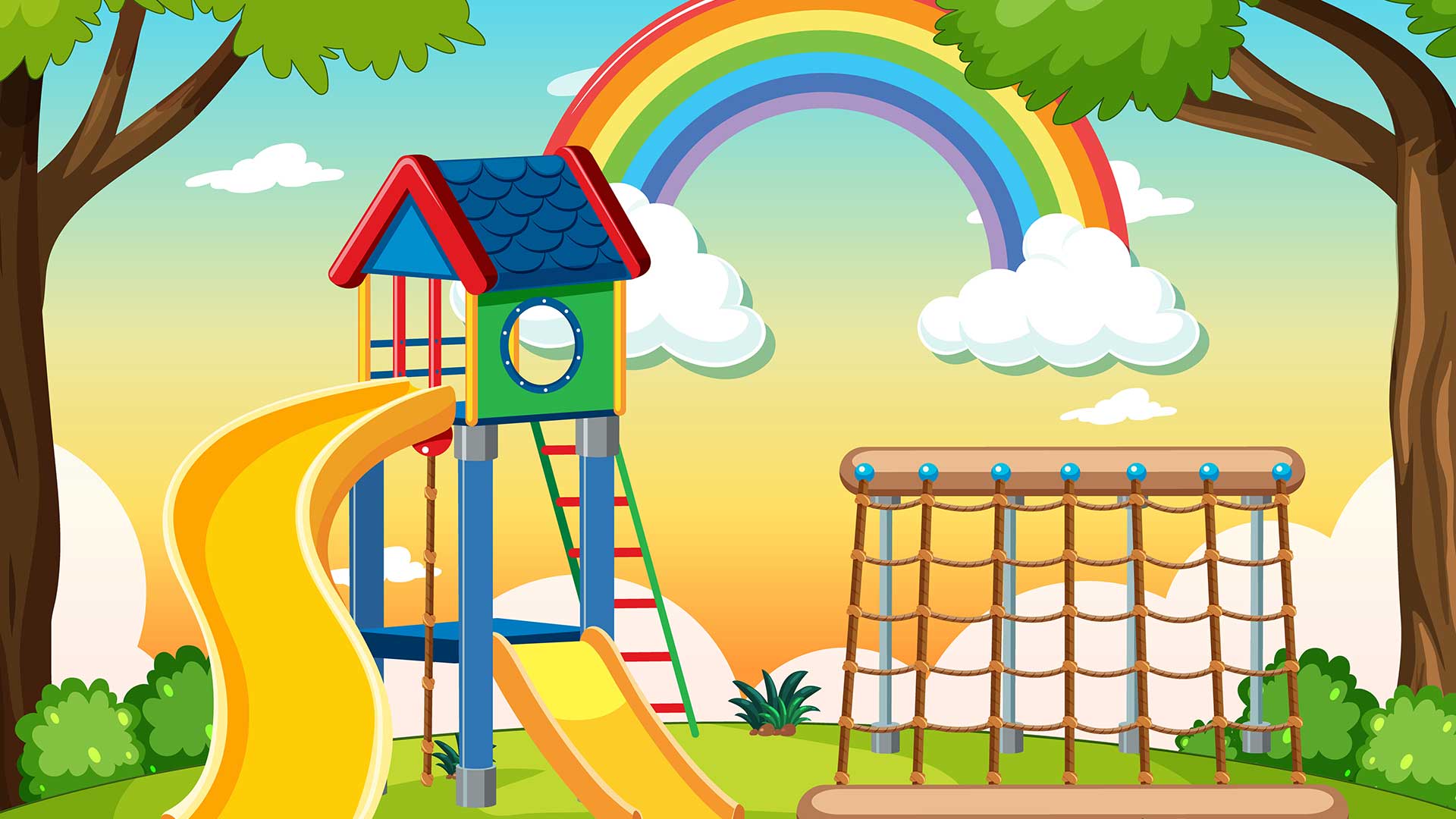

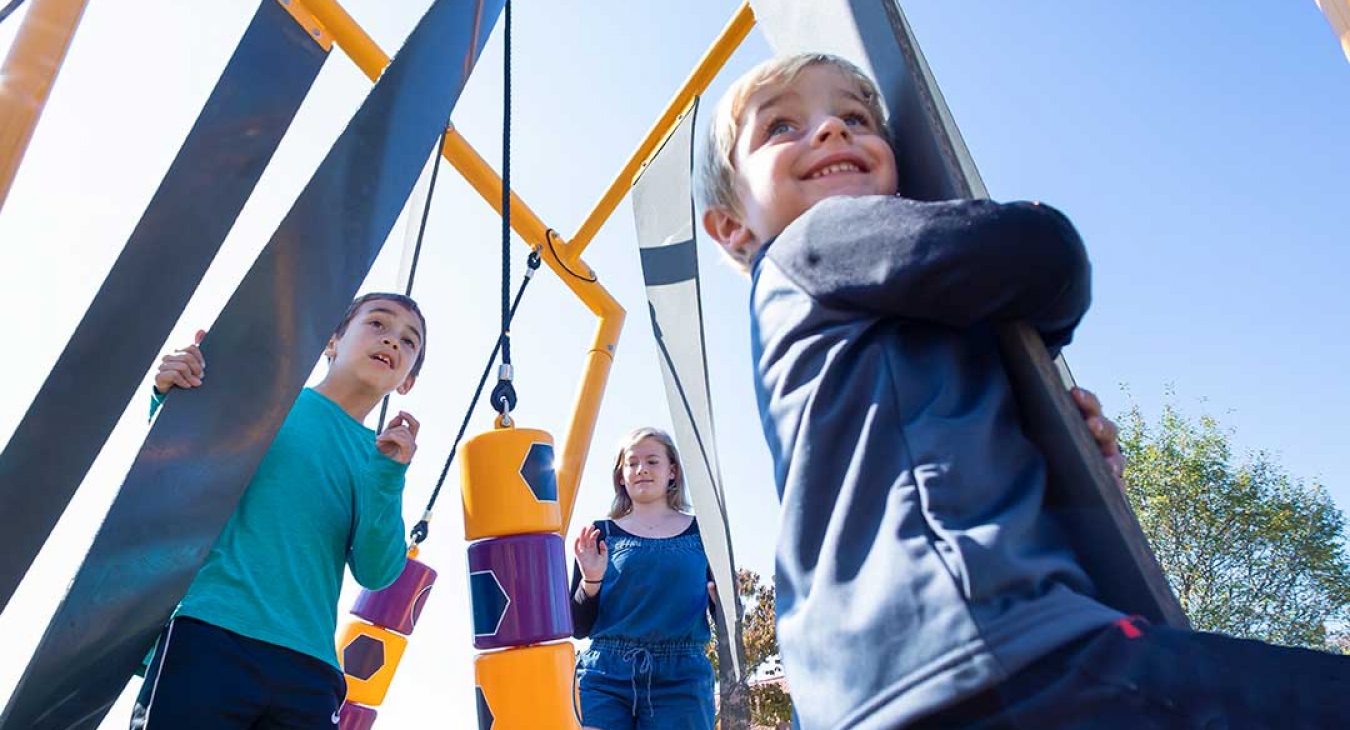
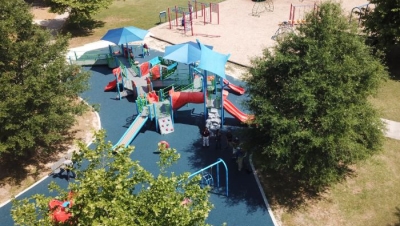
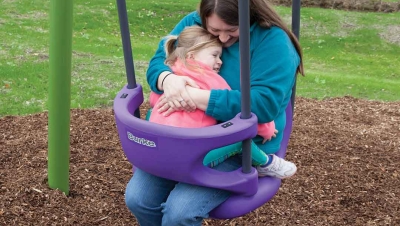
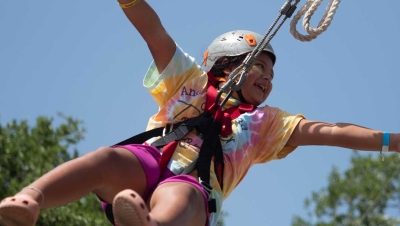
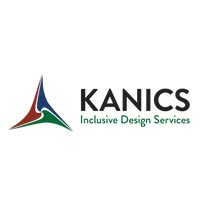
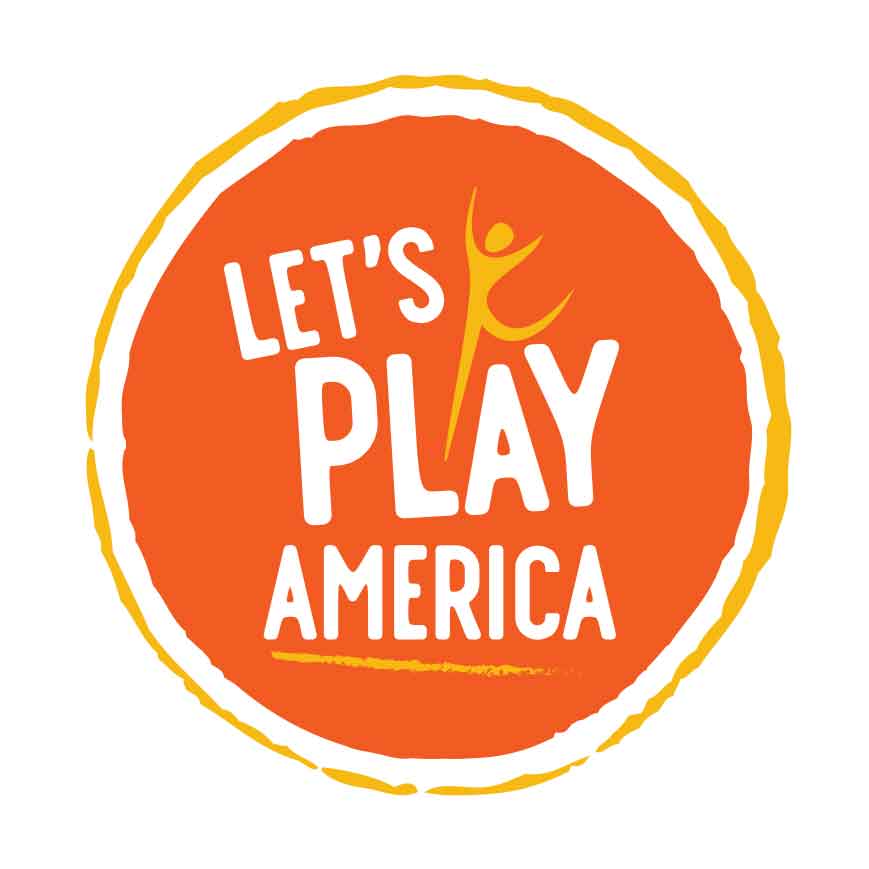
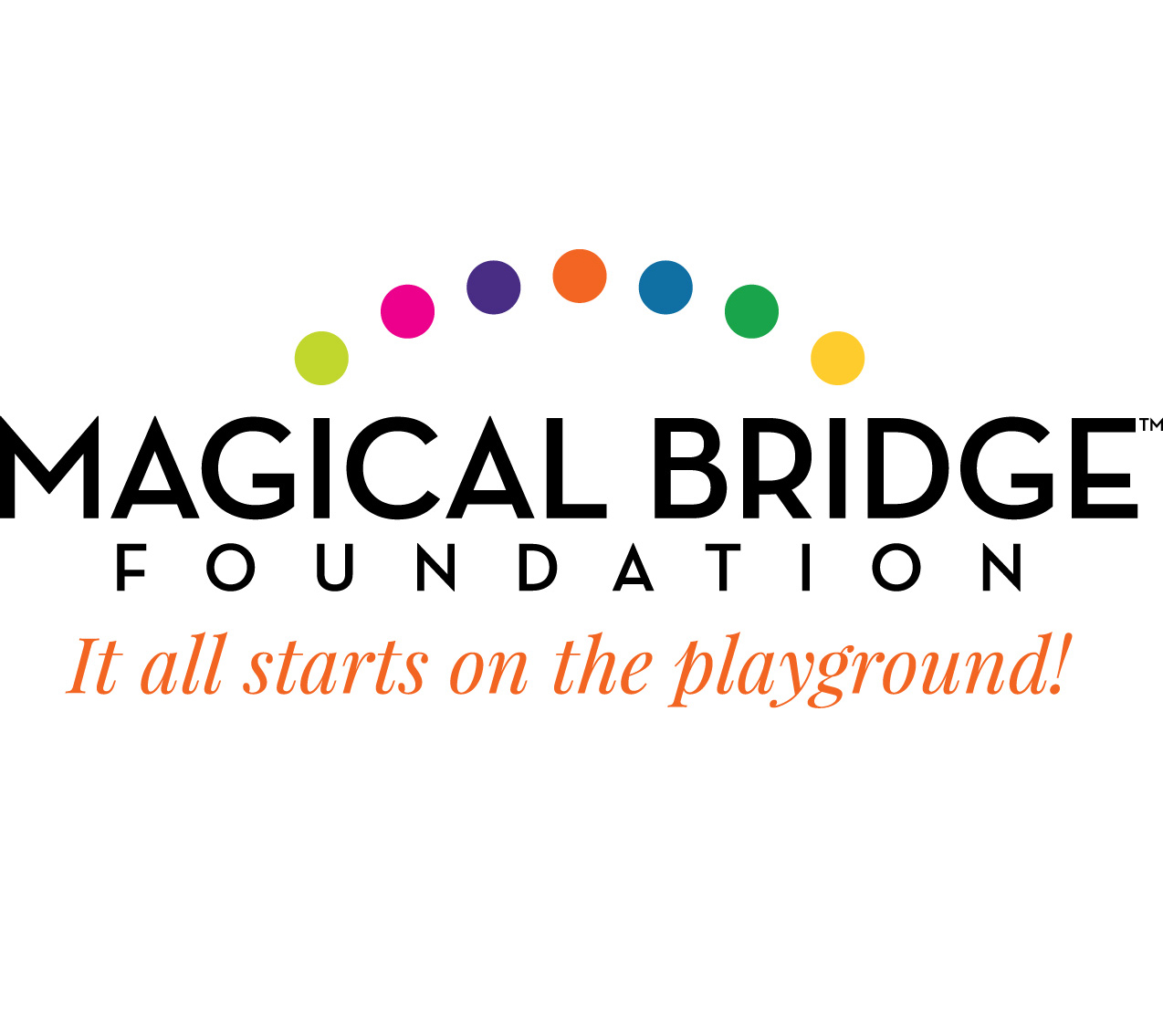
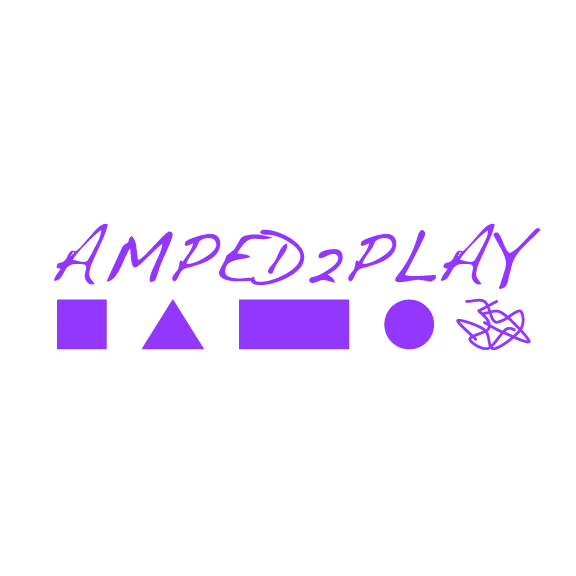


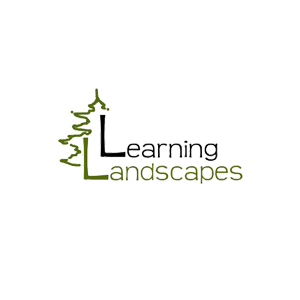
Add new comment